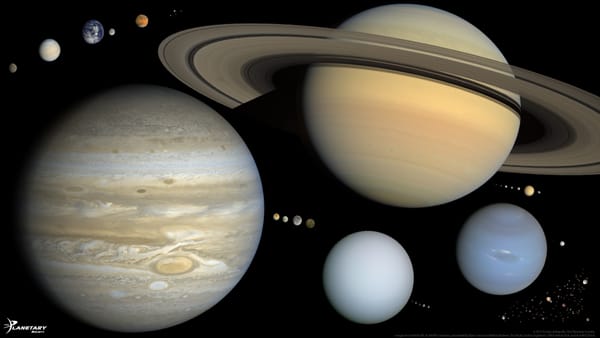Articles
Places on the Moon explored by Apollo astronauts and what we learnt from them
The geologically varied landing sites explored by NASA’s iconic human landing missions helped shape our understanding of the Moon.
Articles
The geologically varied landing sites explored by NASA’s iconic human landing missions helped shape our understanding of the Moon.
Moon Monday
Finding ancient material dug out from the Moon's insides, 3D printing in space using lunar soil, ispace raises $46 million for future Moon missions, lunar water mystery and magnetic history, and more.
Articles
New research says methane levels in Enceladus’ plumes might point to a habitable world.
Moon Monday
SpaceX cleared to land NASA astronauts on the Moon as Amazon founder offers a $2 billion discount to NASA, insights into the Moon's ancient magma ocean and water, and lots of global lunar updates.
Moon Monday
Cereal box sized NASA spacecraft ready for lunar science and more, Lunar Outpost to test 4G/LTE on the Moon, a fascinating lunar hopper, Israeli oxygen extractor to be on Japan's lander, and more.
Moon Monday
NASA readies Orion for flight around the Moon, ispace begins making its lunar lander, China distributes Chang'e 5 samples, Astrobotic advances its autonomous rover, and more lunar developments.
Articles
The story of finding water on the Moon spans at least two decades and multiple space agencies, culminating in renewed lunar exploration plans across the world.
Moon Monday
NASA's mega Moon rocket stands tall, Northrop Grumman to build key module of 1st lunar space station, SpaceIL raises $70M for Beresheet 2, the boldest robotic Moon endeavor, and more lunar updates.

Articles
From the birth of the planets, moons and space rocks to how things are now.
Moon Monday
NASA envisions commercializing sending people to the Moon, Goonhilly to provide communications for Intuitive Machines' Moon missions, China's Yutu-2 rover finds buried crater on the farside, and more.
Articles
How we learnt to live and work in space, away from the comfort of mother Earth.
Moon Monday
France to provide cameras for UAE's Rashid rover, Intuitive Machines to deploy a communications satellite in lunar orbit, ESA instrument to extract water from Moon rocks, and more lunar developments.
Share via Email →